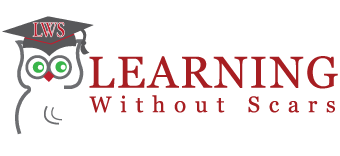Everyone everywhere sells. That is a truth that is little understood. We sell ideas at work and we sell manners at home. There are many things that we sell over the course of our lives. Sales personnel sell for a living, and the skills that they have as individuals are enhanced when they know the proper tools and methods involved in being a professional salesman.
All of the various steps in selling are discussed in this program which is the first of two parts. This part deals with the set-up of the selling process: the research, the objectives, and the questions that need to be asked. There is a lot of work that goes into being a professional salesman and it starts with research. This is not dramatic or exciting work, but it is necessary. What the research needs to cover is discussed in detail. With each and every customer there needs to be objectives. These goals and objectives will take on many forms: from calls to parts business, to service business, to profitability. Finally, in selling everyone knows about the “talking” aspect of selling but more important is the “listening” part of it. In order to get the customer talking, the professional salesman must know what type of question to ask and how to ask it.
Selling is much more a science than an art and this first part covers the first three elements necessary in becoming a professional salesman.
